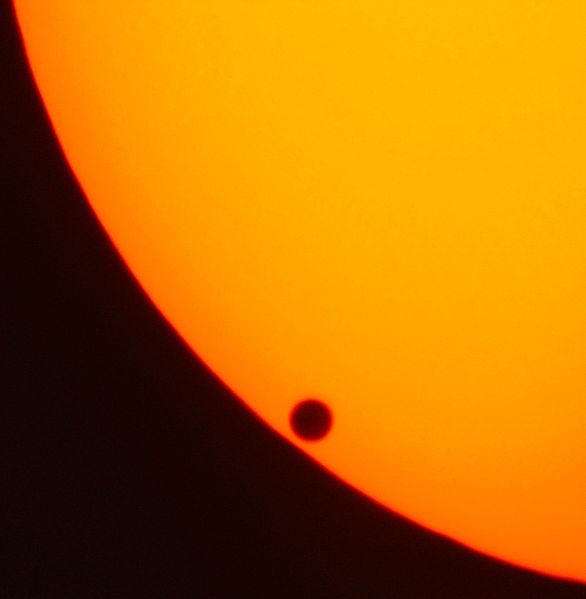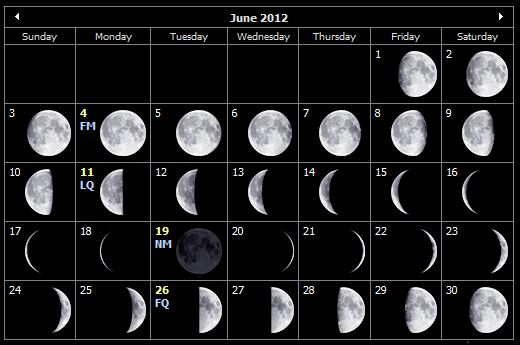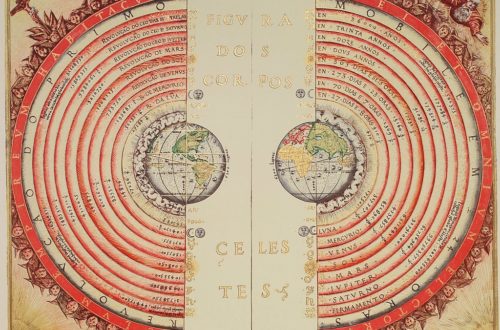Monthly Stargazing Calendar for June 2012
Looking for the June 2025 stargazing calendar?
On June 4 we witnessed a Partial Lunar Eclipse which was visible throughout most of Asia, Australia, the Pacific Ocean, and the Americas.
Today on June 5 we will have the chance to witness the transit of Venus across the Sun. This extremely rare event will be entirely visible throughout most of eastern Asia, eastern Australia, and Alaska. A partial transit can be seen in progress at sunset throughout most of the Americas on June 5, whereas throughout Europe, western Asia, and eastern Africa a partial transit can be seen in progress at sunrise on June 6. This date difference is due to the International Date Line. Don’t miss this rare event, as the next transit will not take place until the year 2117!
 Photo of the Venus transit on the 8 of June 2004, 07:49, taken by Jan Herold.
Photo of the Venus transit on the 8 of June 2004, 07:49, taken by Jan Herold.
Would you like to be notified of stargazing events?
And finally on June 20 the June Solstice will occur at 23:09 UTC. This marks the first day of summer (summer solstice) in the northern hemisphere and the first day of winter (winter solstice) in the southern hemisphere.
Moon phases
As you know, the Moon has a big impact on the visibility of celestial bodies in the night sky. So here are the Moon’s phases for this month:

Positions of the planets this month
Mercury: The closest planet to the Sun can be seen at dawn and dusk between the constellations of Auriga, Taurus, Gemini, and Orion. This planet, being the closest to the Sun, will appear to move quickly in the night sky and its position will change in the following weeks.
Venus: The sister planet can be seen in the constellation of Taurus, between Mercury and Jupiter. Just like Mercury, Venus can only be seen at dawn and dusk.
Mars: The red planet can be seen in the constellation of Leo, not far from the bright star Denebola.
Jupiter: The gas giant is visible between the constellations of Aries and Taurus. Jupiter can easily be spotted with the naked eye, even in highly illuminated cities.
Saturn: The ringed giant can be seen with the naked eye in the middle of the Virgo constellation, not far from the bright star Spica.
Uranus: The gas giant can be seen between the constellations of Pisces and Cetus with the use of a telescope.
Neptune: The blue giant requires a telescope pointed in the constellation of Aquarius in order to be seen.
Major astronomical event next month
- July 28, 29 – Southern Delta Aquarids Meteor Shower.
See also:
- Previous month’s calendar: Stargazing Calendar for May 2012
- Next month’s calendar: Stargazing Calendar for July 2012
Would you like to receive similar articles by email?





